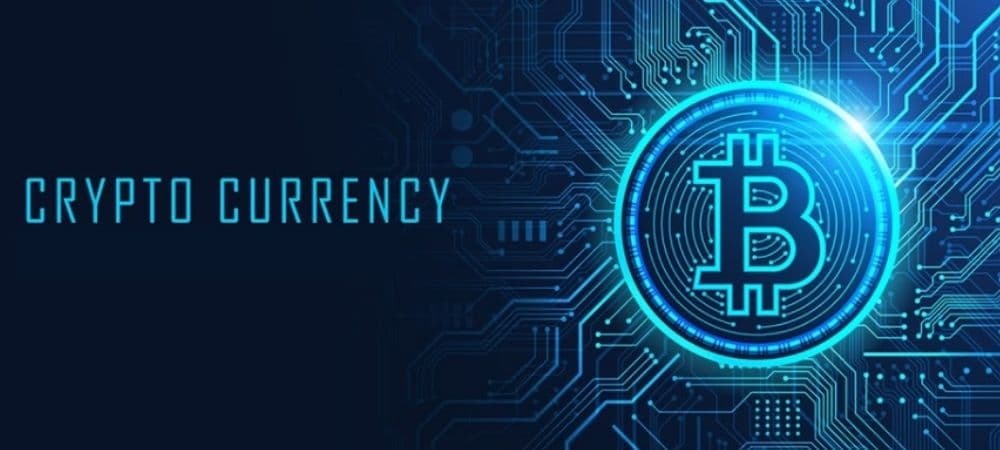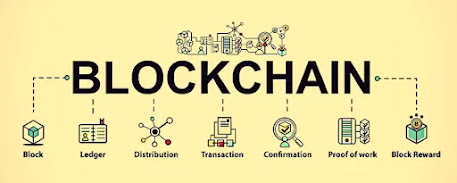What Are the Components of Blockchain?
The blockchain architecture comprises various layers, such as infrastructure or hardware, data, networking like nodes, verification, information distribution, and applications. Let’s understand some of its components.
Block
As explained above, blockchain refers to a chain of different blocks that contain data or records. And the data in each block is based on the kind of blockchain. For example, a banking blockchain will have blocks containing information such as account number, account holder’s name, branch name, etc.
The first block in a blockchain is known as the Genesis block, and all the blocks contain valid records encoded and hashed. Each block has a cryptographic hash of its own and that of the previous block in the same blockchain, linking them and forming a chain. This iterative process validates the previous blocks’ integrity with digital signatures.
Hashing
A hash is like a fingerprint unique to every block. It is a code created using a mathematical function turning digital data into a long string of letters and numbers. This 64-digit hexadecimal number identifies each block and its content, and once it’s created, any modifications in the block will change the hash. Blockchain technology uses Secure Hash Algorithm (SHA) 256 hashing and is highly useful to detect any change made in the transactions. It also makes it secure as all the blocks contain the hashes of the previous block.
So, if an attacker changes data in a block, its hash changes while the next block still has the old hash of the compromised block. Hence, all the succeeding blocks become invalid that can easily be tracked.
Assets
Assets can be tangible or intangible. Tangible assets are physical items such as land, house, equipment, etc., while intangible assets are non-physical items such as intellectual property contracts, copyrights, patents, etc. Interestingly, money can be both tangible and intangible.
Distributed Peer-to-Peer (P2P) Network
Every transaction in a blockchain works in a distributed Peer-to-Peer (P2P) network that has no central authority to control data. It allows everyone (having access) to join the blockchain, and every computer added to the network is a node.
So, when a user creates a new block, it goes to each user on the network, and each node must verify this new block to ensure no one has altered it. When the verification is complete, each node starts adding the new block directly to their blockchain.
All the nodes present in the network make a consensus, confirming the validity of blocks and rejecting the tampered ones.


Comments
Post a Comment